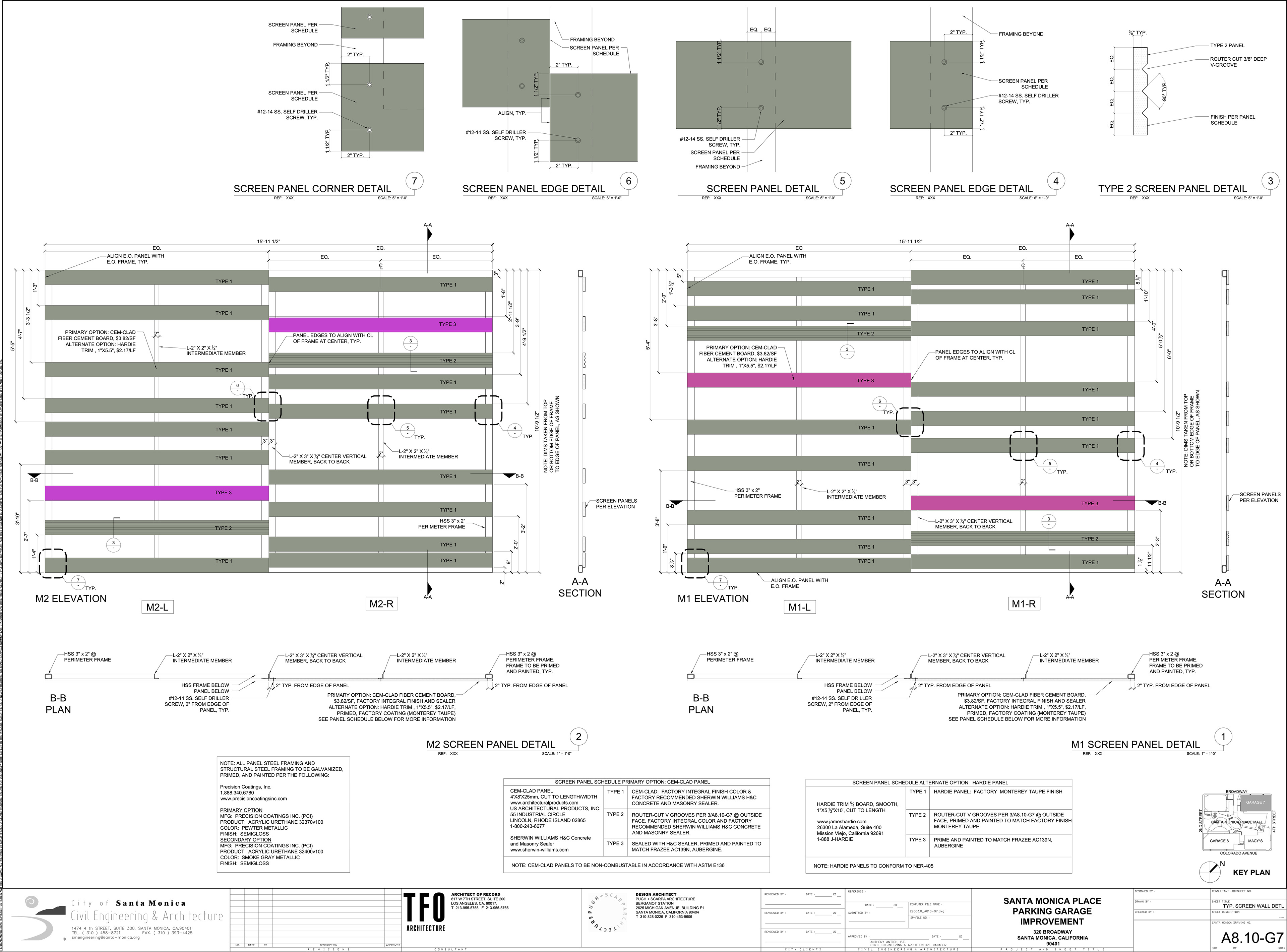Santa Monica Place Mall MIxed-use Parking Structure, Santa Monica, CA
Santa Monica Place Mall MIxed-use Parking Structure, Santa Monica, CA
Santa Monica Place Mall MIxed-use Parking Structure, Santa Monica, CA
Santa Monica Place Mall MIxed-use Parking Structure, Santa Monica, CA
Santa Monica Place Mall MIxed-use Parking Structure, Santa Monica, CA
Santa Monica Place Mall MIxed-use Parking Structure, Santa Monica, CA
Santa Monica Place Mall MIxed-use Parking Structure, Santa Monica, CA
Santa Monica Place Mall MIxed-use Parking Structure, Santa Monica, CA
Santa Monica Place Mall MIxed-use Parking Structure, Santa Monica, CA
Santa Monica Place Mall MIxed-use Parking Structure, Santa Monica, CA
Santa Monica Place Mall MIxed-use Parking Structure, Santa Monica, CA
Santa Monica Place Mall MIxed-use Parking Structure, Santa Monica, CA
Santa Monica Place Mall MIxed-use Parking Structure, Santa Monica, CA





